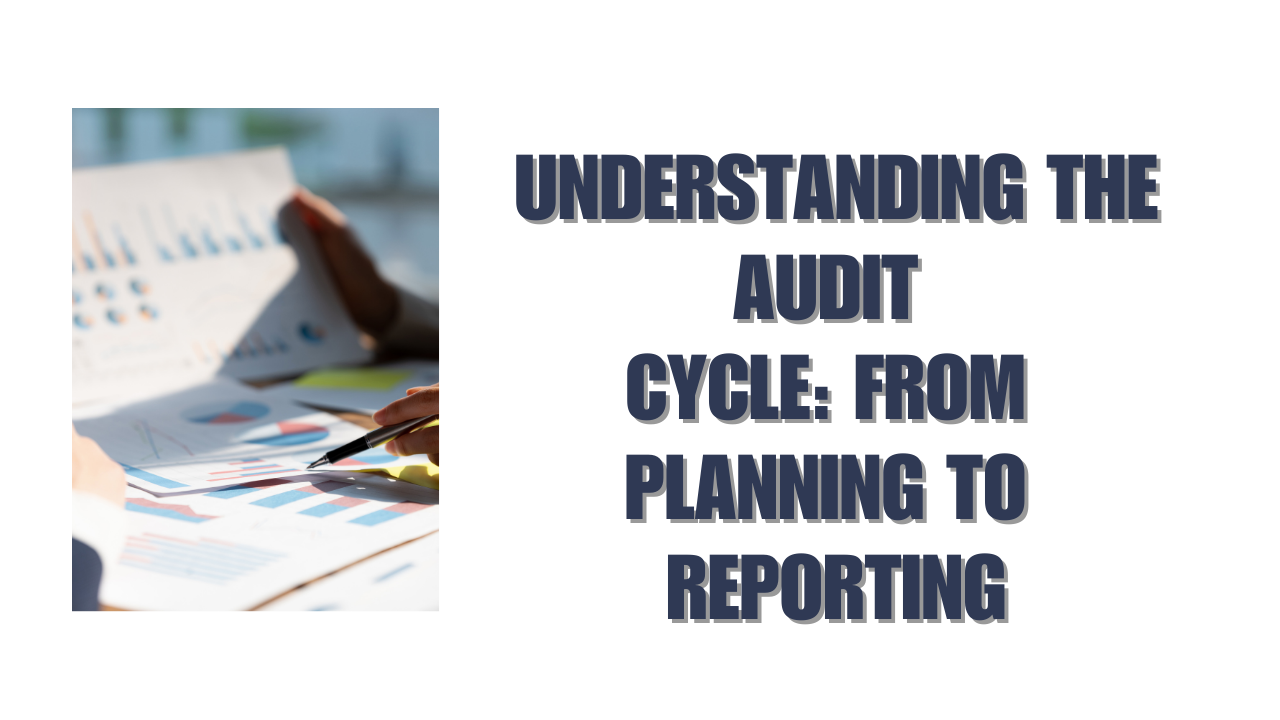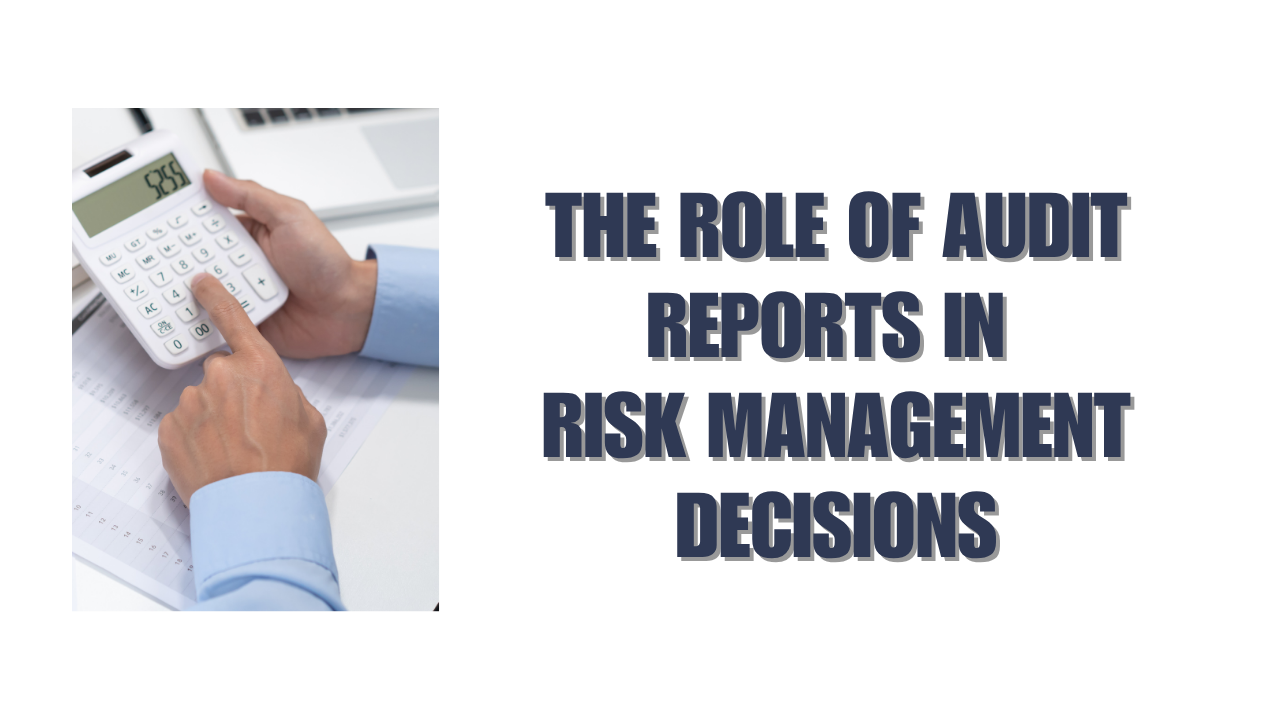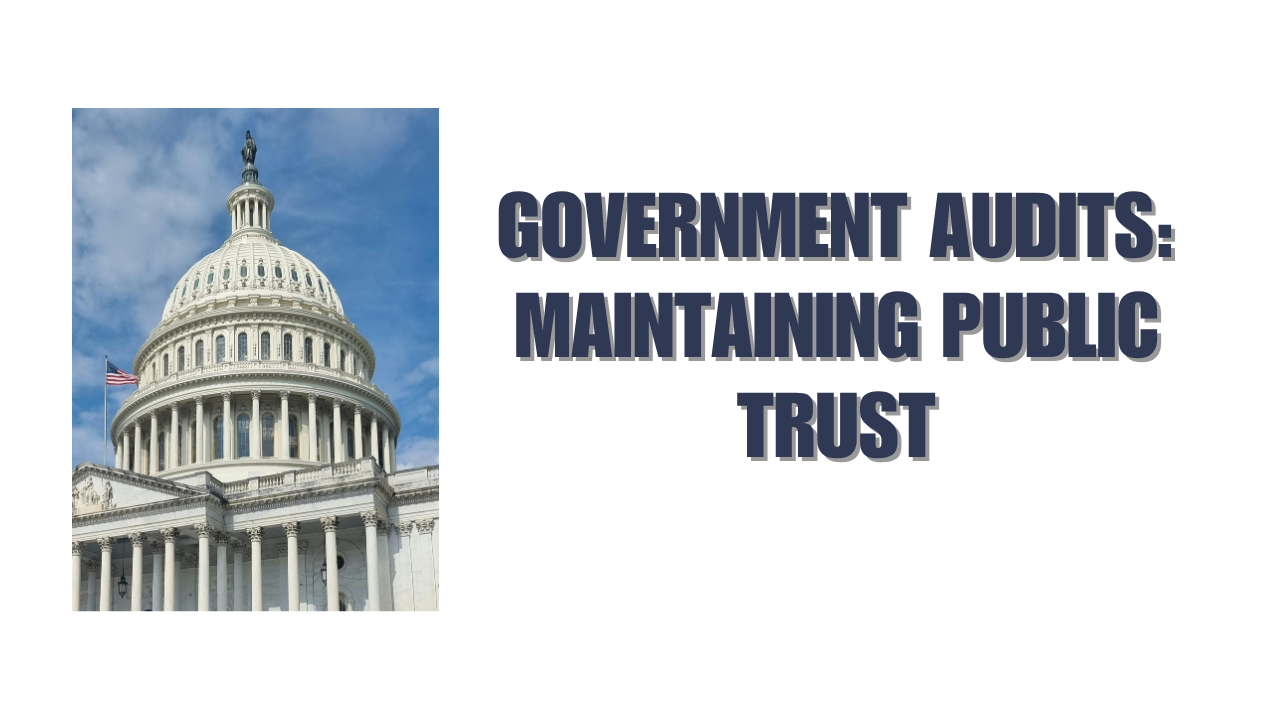Audits are more than just regulatory obligations-they are essential tools that help businesses maintain transparency, strengthen internal controls, and build stakeholder trust. At the heart of any effective audit is a well-defined audit cycle. Understanding this cycle empowers executives and finance teams to navigate audits efficiently, ensuring accuracy and compliance while minimizing disruption.
What Is the Audit Cycle?
The audit cycle is the structured sequence of activities auditors follow to examine a company’s financial and operational records, identify risks, and report findings. It ensures that audits are systematic, consistent, and aligned with professional standards. By following this cycle, organizations can be confident that their financial reporting and internal processes are reliable.
The typical audit cycle comprises five stages: planning, risk assessment, fieldwork, reporting, and follow-up. Each stage plays a critical role in delivering a thorough and transparent audit.
1. Planning: Setting the Stage for a Successful Audit
The planning phase is where the foundation of the audit cycle is established. During this stage, auditors:
- Understand the company’s business operations, industry context, and regulatory environment.
- Define the scope and objectives of the audit, including which financial statements or processes will be examined.
- Identify key personnel and stakeholders to be involved in the audit.
- Develop a detailed audit plan, outlining procedures, timelines, and resource allocation.
Effective planning ensures the audit is focused and efficient, preventing unnecessary delays and surprises during later stages.
2. Risk Assessment: Identifying Areas of Concern
Not all areas of a business carry the same level of risk. The risk assessment phase evaluates where errors, fraud, or non-compliance are most likely to occur. Key activities include:
- Analyzing prior audit findings and industry benchmarks.
- Reviewing internal controls, policies, and prior financial statements.
- Identifying high-risk transactions or operational processes.
By prioritizing high-risk areas, auditors can allocate resources strategically, ensuring critical issues are addressed while minimizing unnecessary work in low-risk areas.
3. Fieldwork: Gathering Evidence and Testing Controls
Fieldwork is the hands-on phase of the audit cycle, where auditors collect evidence to evaluate the accuracy and completeness of financial records and operational procedures. Activities include:
- Inspecting financial statements, invoices, contracts, and supporting documents.
- Testing internal controls to ensure they are operating effectively.
- Conducting interviews with staff to understand processes and verify information.
- Documenting findings in detailed work papers for review.
Thorough fieldwork is essential for establishing a strong foundation for the audit’s conclusions. Without rigorous evidence, reporting cannot accurately reflect a company’s compliance or operational health.
4. Reporting: Communicating Findings and Recommendations
Once evidence is gathered and analyzed, auditors compile their findings into formal reports. This phase translates the technical audit work into actionable insights for management and stakeholders. Reports typically include:
- An overview of the audit scope and methodology.
- Key findings, including any discrepancies or areas of concern.
- Recommendations for corrective actions and improvements.
- Assurance statements on the reliability of financial reporting or compliance.
Clear, concise reporting ensures that leadership can make informed decisions, address risks, and improve processes.
5. Follow-Up: Ensuring Continuous Improvement
The final phase of the audit cycle focuses on monitoring the implementation of recommendations. Follow-up activities include:
- Reviewing whether management has acted on audit findings.
- Testing corrective measures to ensure they effectively mitigate risks.
- Updating internal controls or policies based on lessons learned.
Follow-up ensures that the audit cycle delivers lasting value, not just a snapshot in time. It reinforces a culture of accountability and continuous improvement, which is essential for long-term business success.
Benefits of Understanding and Leveraging the Audit Cycle
For CEOs, boards, and finance teams, a clear grasp of the audit cycle delivers multiple benefits:
- Enhanced Transparency: Stakeholders gain confidence that audits are thorough and findings are evidence-based.
- Risk Mitigation: Identifying high-risk areas early reduces the likelihood of errors, fraud, or regulatory penalties.
- Operational Efficiency: Structured audits uncover process inefficiencies, enabling targeted improvements.
- Regulatory Compliance: Following a systematic audit cycle ensures adherence to legal and professional standards.
- Strategic Decision-Making: Actionable insights from audit reports support informed, data-driven leadership decisions.
By leveraging the audit cycle effectively, organizations transform audits from a compliance exercise into a strategic asset.
Real-World Example: Audit Cycle in Action
Consider a mid-sized manufacturing company preparing for its annual audit.
- Planning: Auditors reviewed the company’s financial statements, production records, and regulatory requirements, creating a detailed plan covering all high-risk areas.
- Risk Assessment: The team identified inventory management and procurement processes as high-risk due to past discrepancies.
- Fieldwork: Auditors tested transactions, verified inventory counts, and interviewed department heads.
- Reporting: Findings highlighted minor control gaps, which were documented with recommendations for process improvements.
- Follow-Up: Three months later, auditors verified that new controls had been implemented, ensuring inventory discrepancies were minimized.
This example shows how each stage of the audit cycle contributes to accurate reporting, improved controls, and long-term business value.
Common Challenges in Managing the Audit Cycle
While the audit cycle is structured, businesses often face challenges, including:
- Incomplete Documentation: Missing or inaccurate records can slow audits and reduce confidence in findings.
- Resource Constraints: Smaller teams may struggle to allocate sufficient staff or technology to support audits.
- Changing Regulations: Adapting to new compliance requirements mid-cycle can create complexity.
- Communication Gaps: Lack of clarity between auditors and management can lead to misunderstandings or missed corrective actions.
Addressing these challenges requires proactive planning, investment in technology, and clear communication across all levels of the organization.
How Aurora Financials Supports a Seamless Audit Cycle
At Aurora Financials, we guide businesses through every stage of the audit cycle. From detailed planning and risk assessment to rigorous fieldwork and actionable reporting, we ensure audits are smooth, efficient, and insightful. Our expertise helps organizations:
- Reduce compliance risk and enhance transparency.
- Identify and address operational inefficiencies.
- Implement sustainable corrective measures that add long-term value.
By partnering with us, companies transform audits from stressful obligations into strategic opportunities for growth and accountability.
Conclusion
Understanding the audit cycle is essential for business leaders who want audits to be more than a compliance exercise. From planning to follow-up, each stage provides structure, clarity, and actionable insights that protect the organization and enhance its performance.
Modern audits, when executed effectively, build stakeholder trust, strengthen internal controls, and support strategic decision-making. Aurora Financials helps businesses navigate the audit cycle with confidence, ensuring audits are thorough, transparent, and valuable for long-term success.






